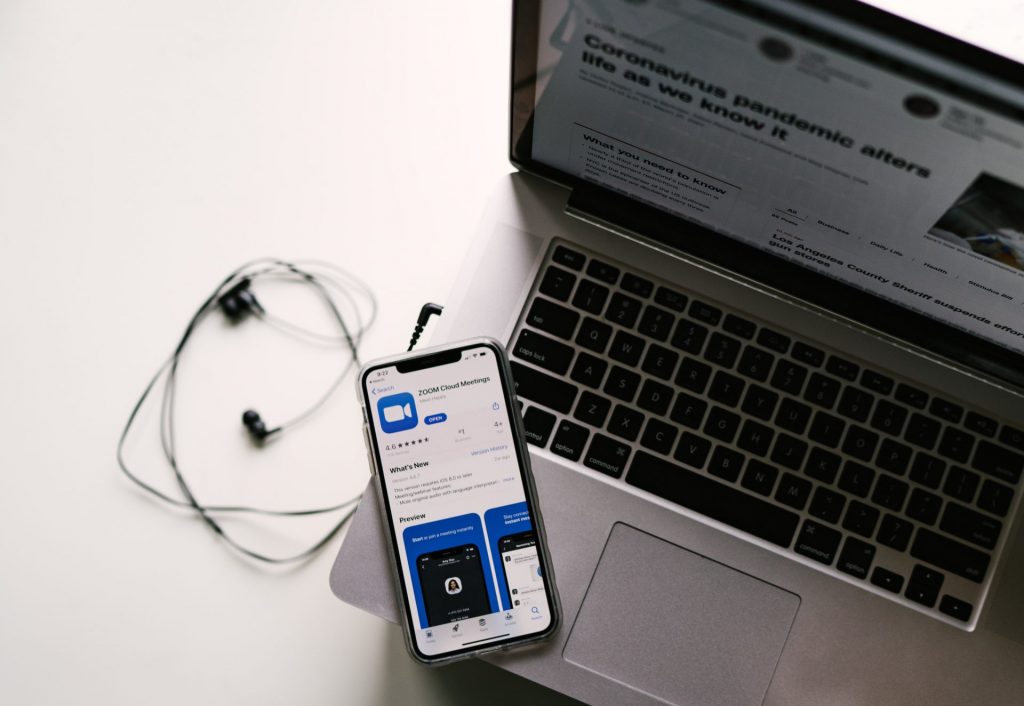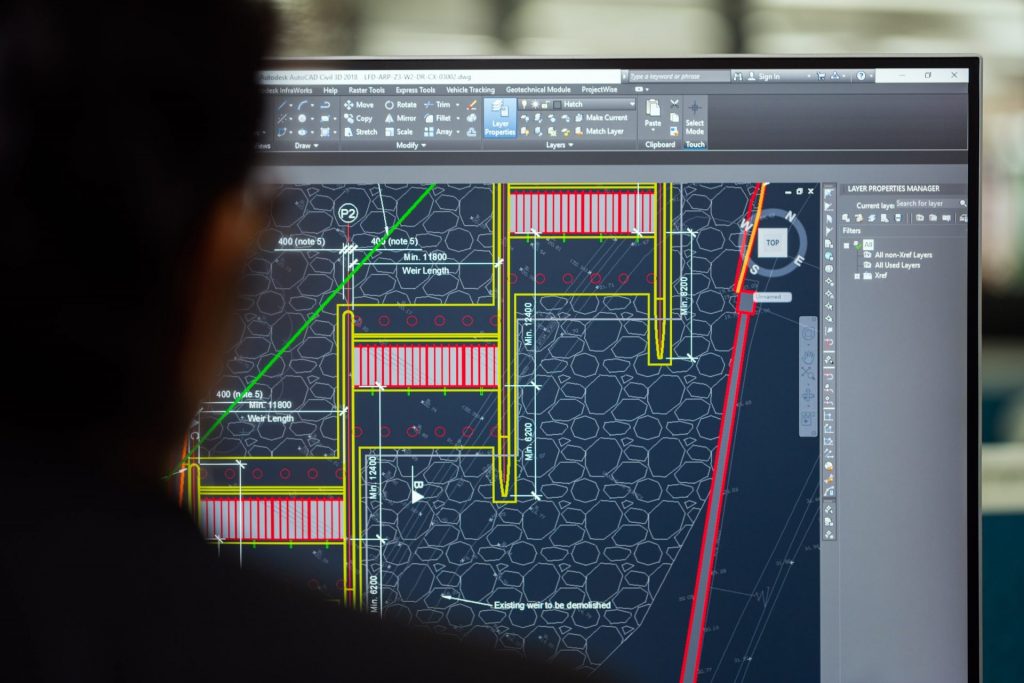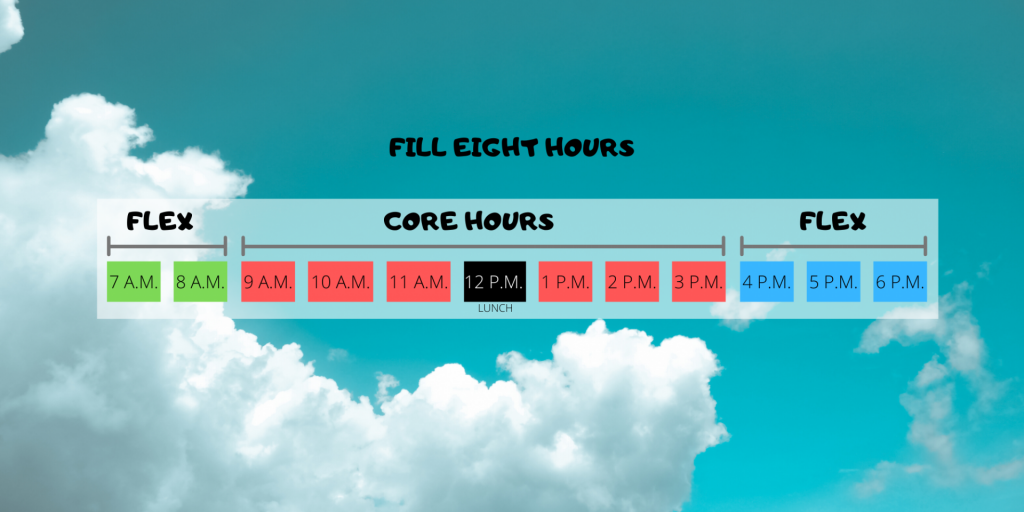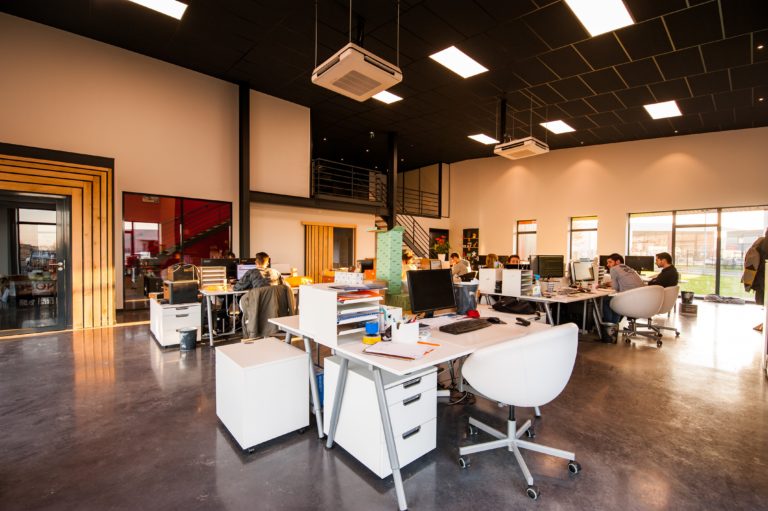What Coronavirus Taught me Working Remotely as a Civil Engineer
The coronavirus epidemic has suddenly limited us from leaving our homes in an effort to slow the spread of the virus. Many offices, including my own, have abruptly come up with plans and resources to allow employees to work remotely. After we are able to control the virus, I believe we will see these sweeping changes stay in effect in the future civil engineering workplace.

By Shainur Ahsan
How Coronavirus Turned Our World Upside Down
Coronavirus started out as an casual workplace conversation as it was rapidly spreading throughout China. I had no notion at the time that it could become a pandemic and disrupt lives all over the world. Currently, the best way to fight the virus is by practicing social distancing. This in turn has led to avoiding overcrowding. Before I knew it, my office was part of the majority of civil engineering workplaces that made the abrupt change to working remotely.

Over the course of a week or two weeks, IT professionals all over the country have had to derive and implement plans to allow employees to work remotely. Managers and supervisors came up with communications plans to ensure employees could understand their goals and express their needs without face-to-face interaction.

Photo by Edwin Hooper on Unsplash
And its not just the way we work that has been impacted! With schools and child care facilities closed, working parents are having to juggle their workloads with caring for their children. Inevitably, parents are having to adjust and balance their schedule to keep up with their kids at home.
The Start of Working Remotely for Many Civil Engineers
These sudden changes has forced many in the civil engineering industry to suddenly acknowledge working remotely is possible. After the current outbreak passes, the experience we all have gained during these challenging times will prove that civil engineers can perform outside of the office. The new tools and practices being developed now can provide a framework for increasing flexibility and work-life balance.
I don’t think these benefits are just boxes to cross off on a wish list for employees. I believe they are a necessity if the civil engineering industry wants to compete for top talent among the many emerging career fields that are providing great and innovative employee benefits.
Changes to the Workplace
In general, I feel that civil engineering firms are somewhat behind on adopting tools and practices that have allowed other industries to increase their flexibility. The way we have worked is drastically different than what you may find in a software company. While we will never be able to be exactly the same, I believe we can adopt some of their best practices for the benefit of all.
Suddenly, companies are enabling new tools and programs for their employees in order to comply with gathering restrictions. Conference call and remote desktop access utilities are surging in demand and are overwhelming providers in the sudden shift. Electronic resources are being set up overnight to support employees while out of the office.
Remote Communication Tools

Photo by Allie Smith on Unsplash
Now, supervisors and managers used to having direct communications with their employees must relay information in a concise and efficient manner without being in the same room. Most firms have had basic communications tools such as email and conference calls available to them for years. Additional tools such as instant messaging, remote desktop, video conferencing, and screen share have been available at larger firms. Now, they are now becoming more accessible to smaller firms.
This later set of tools will really enable the civil engineering profession to be more versatile in accomplishing goals while out of the office. Instant messaging allows both person-to-person and group conversations to occur quickly while performing other tasks in the background. Usually, messaging also allows for file transfers and screen-sharing to help get the point across faster.

Photo by ThisisEngineering RAEng on Unsplash
Remote desktop is perhaps one of the most important tools for engineers performing design. Being able to log into work computers gives employees access to design software while reducing home computer requirements and the need for additional software licenses. It also allows for complete access to files saved on that computer. Only a fast internet connection and a average computer are required on the employee’s end.
Engineering firms use video conferencing to share a screen for all to see. Programs such as Zoom, Skype, Go-to Meeting, and WebEx allow online presentations to be done seamlessly. These tools have evolved to also give desktop control to meeting participants and share simple sketches. The latest version of some of these programs also allow cross platform use such as communication from a smartphone to someone on a laptop.
Flexible Schedules
With schools and childcare centers closed, parents must take care of their kids at home during the week. Depending on the child’s age, professionals may or may not be able to keep regular working hours. Many will have to work in periods throughout the day while balancing childcare with a partner.
Many companies have already adopted a term called “flex time” which allows employees to choose a window of time to work during the day. There are usually a set of core hours during the middle of the day that the company wants everyone to work. The start and end times are flexible and set between you and your supervisor. With many working at home with children, firms may have no other option than to allow flexible schedules.

Created by Shainur Ahsan using Canva
Given the current situation, we may see additional flexibility as at least one parent may need to be free for childcare. Working hours may be shifted to the early morning or later in the evening. For design work, this may not be too much of an issue if coordination with others is not needed. However, for projects with continuous teamwork the importance of coordinating schedules becomes paramount.
What Civil Engineering Design Firms Can Implement in the Future

Photo by Cadeau Maestro from Pexels
The Coronavirus is forcing the need to work remotely and have flexible schedules. Companies everywhere have adapted regardless of whether or not they allowed work remote and flexibility before. And after the pandemic has passed, the same firms can no longer say remote work is no longer possible or practical. We all may have multiple months of experience with working remotely by the time we are able to return to the office. In turn, if employees are able to perform with flexible schedules, there’s little reason to not build in flexibility in the future.
The physical infrastructure for remote work will be in place at almost every company where it is practical. IT groups will have worked through bugs and the highest network demands that their systems have ever seen. Everyone will have a set up capable of allowing them to work remotely and have the understanding of how to access online resources. All systems will already be in place to allow remote work in the future.
Over time, I believe everyone will be able to figure out what works and doesn’t work best for them during the next weeks or months. Civil engineering firms can note successful habits and structures and make them policy. Groups are already working through how to best communicate duties and goals. In a few more weeks, everyone will have established habits for working remotely.
Striking a Balance
I believe if engineering firms don’t learn from the current situation and maintain newly-learned habits, they may be doing their employees a great disservice. Allowing employees the ability to selectively work from home can be a strong benefit.
I don’t believe most firms and employees would benefit from always working remotely. In the civil engineering industry, we are often required to go to project sites and attend client meetings. However, there is probably a middle ground that many firms can arrive at. Flexible schedules could also provide a boost to work-life balance for many.
There are a number of ways that firms in other industries (and some in ours) are already implementing remote work and flexible schedules. Some companies allow for a certain number of days employees can work from home. Some companies have core hours which they require employees to work while the remaining workday hours are worked before or after the core hours.
Perhaps, companies can also offer their employees options for working different schedules like 5/40, 4/10, or 9/80. They may even think about allowing employees to split their day between working in the office and working remotely. Flexibility may also be able to allow employees to work in site visits into their schedules better.
As every industry is now working through these same issues, many will learn to adopt these added benefits for employees. And thus the civil engineering industry will have more competition for talent if they don’t learn to adapt. We will have the tools and knowledge to be flexible and work remote. It would be a shame if we simply returned to the old-ways when we know whats possible.
Conclusion
Coronavirus has drastically changed the working environment for engineers. Many in civil engineering firms are already working remotely and are on flexible schedules. The next weeks and months will teach us engineers what we do best and what we can improve upon while working outside the norm.
Companies and employees could greatly benefit by putting practices learned during this time for the improvement of future employee benefits. Here are my key takeaways from what we can adopt for the future civil engineering workplace.
- Have Remote Work Capability for All Employees
- Make a Policy that allows Remote Work and Sets the Framework
- Provide Options for Schedule Flexibility
- Consider Blending Remote Work with Presence in the Office
Taking lessons learned during the next several weeks can allow civil engineering firms adapt to changing work habits. These added benefits will help employees whose time demands are increasing almost every day. In addition, future employees will be attracted to our industry with these new, helpful benefits.
Cover Photo by Michael Soledad on Unsplash
Affiliate links are located within this post. I may receive a commission for signing up for services linked to in this post.